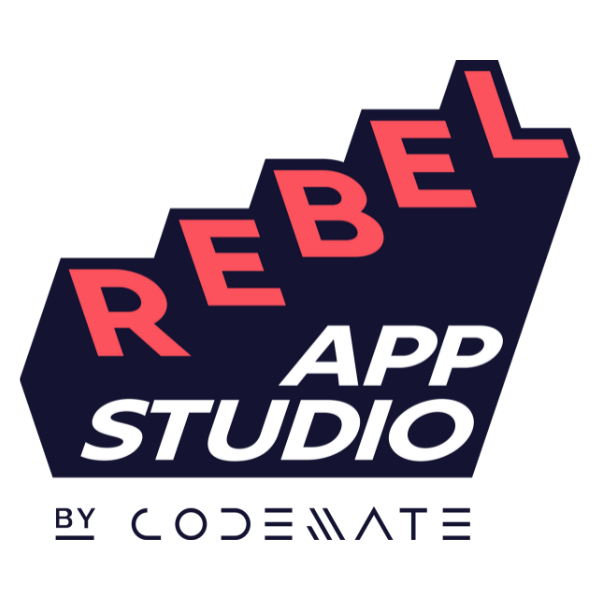Sometimes ripples effects are what we don’t want
Photo by Ave Calvar on Unsplash
When working with some widgets in Compose, we get the ripple effect out of the box. While this is a nice visual effect to have, sometimes it just doesn’t work well with the design in mind, so we have to find a way to get rid of it.
I was facing this same dilemma when designing a toggleable widget layout recently, but after some tinkering, I was able to get rid of it, and it’s as simple as using a Kotlin extension function.
Toggleable…
fun Modifier.noRippleToggleable(
value: Boolean,
onValueChange: (Boolean) -> Unit
): Modifier = composed {
toggleable(
value = value,
indication = null,
interactionSource = remember { MutableInteractionSource() },
onValueChange = onValueChange
)
}
What I did was simple extend the compose modifier public interface and call the base toggleable modifier but with little adjustment to the indication parameter we change the value to null, that all and we apply it like this
Column(
modifier =
Modifier
.wrapContentSize()
.noRippleToggleable(
value = isSelected,
) {
//onValuChangeImplementation
},
verticalArrangement = Arrangement.Center,
horizontalAlignment = Alignment.CenterHorizontally
) {
//your composable here
}
Clickable…
inline fun Modifier.noRippleClickable(
crossinline onClick: () -> Unit
): Modifier = composed {
clickable(
indication = null,
interactionSource = remember { MutableInteractionSource() }) {
onClick()
}
}
Just like we did with the Toggleable modifier above, we just need to give the indication parameter null value, and it is applied below
Column(
modifier =
Modifier
.wrapContentSize()
.noRippleClickable(
onClick()
) {
//onValuChangeImplementation
},
verticalArrangement = Arrangement.Center,
horizontalAlignment = Alignment.CenterHorizontally
) {
//your composable here
}
Thanks for joining me on this journey. I hope you found this information useful and informative. If there’s anything you’re curious about or if I missed anything important, please don’t hesitate to reach out and ask!
I’m here to help, and I promise to respond to every comment. Let’s keep the conversation going!
Until next time, I’m Jnr. Bye for now! 🖤
This article was originally published on proandroiddev.com








